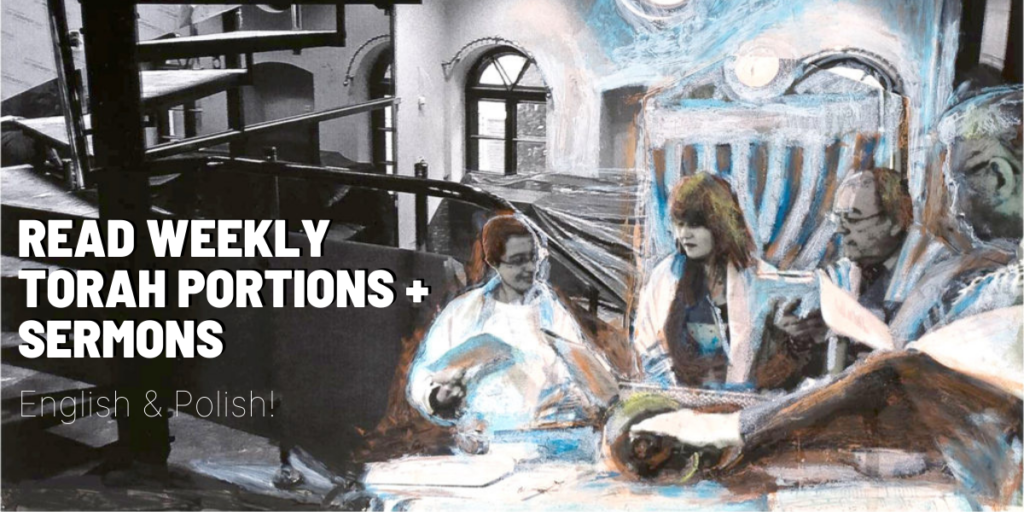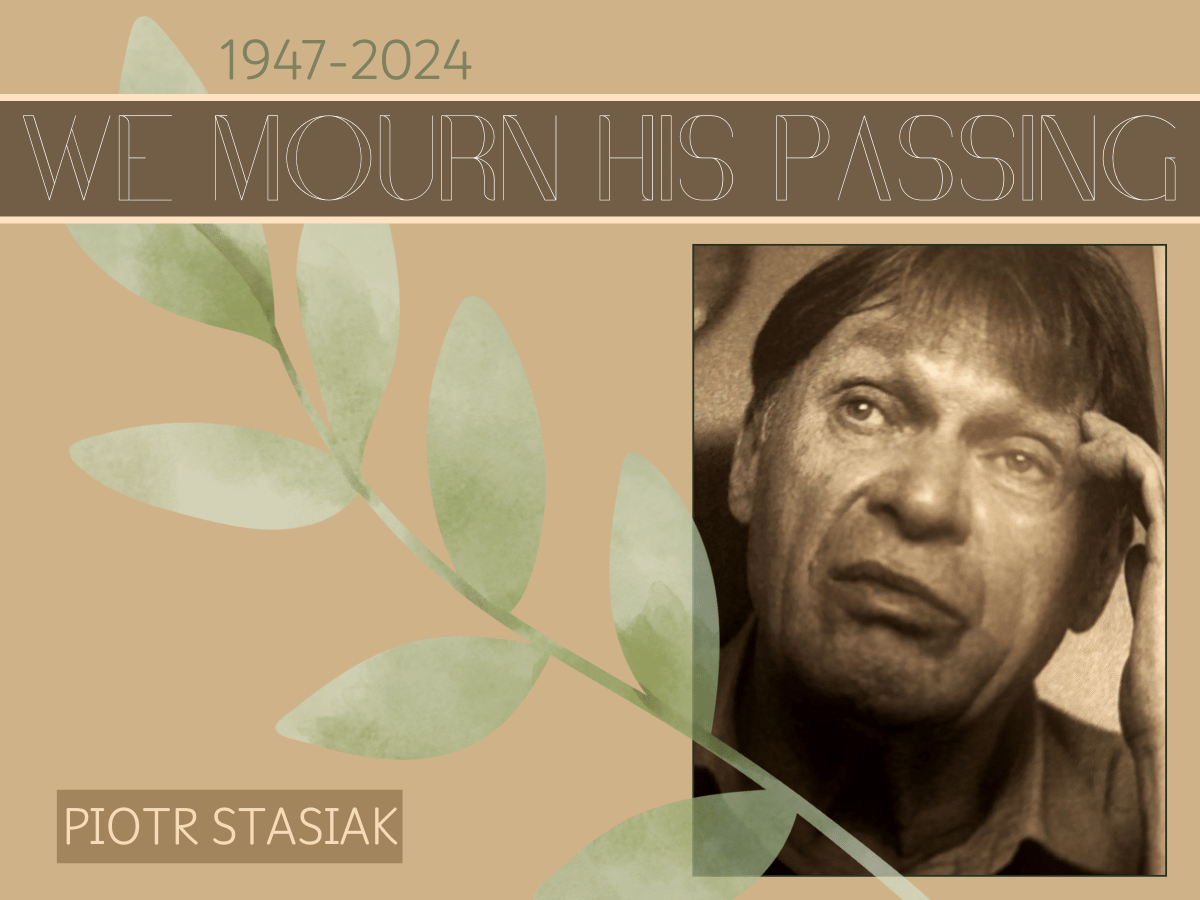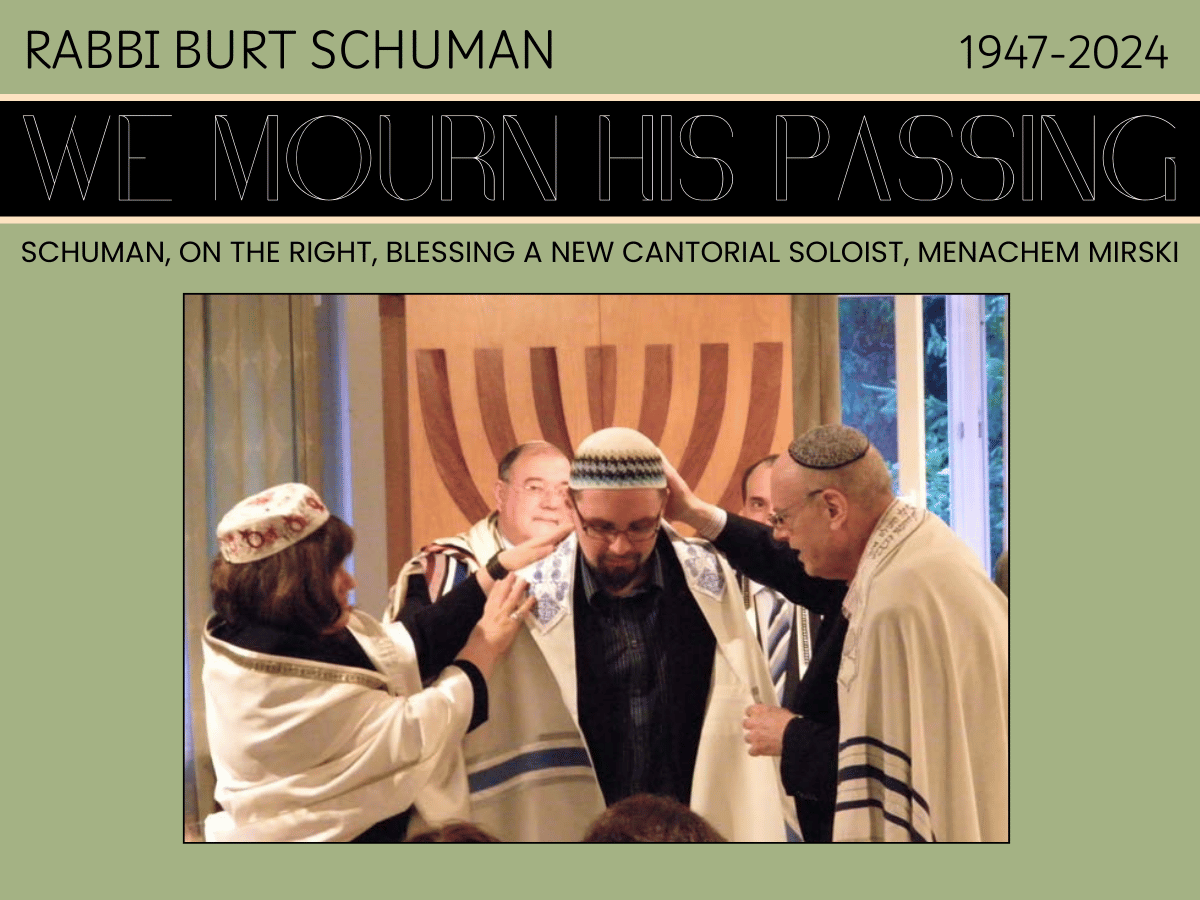
Menachem Mirski
In this week Torah portion we find a detailed description of priestly vestments, the ephod, how the altar should be built, characteristics of the sacrifice offerings and various technical details of the temple worship. However, the question that may arise in the mind of the modern is: where is the place for prayer in all of this?
There is no question about it in this week parasha. Why? It seems that prayer was not a central element of Jewish worship in antiquity, although it was known for quite a long time. Even though the first acts of prayer described in the Torah are at the very beginning of Jewish history – the first person that prays in the Bible is Abraham (Gen. 20: 7), in the Torah itself it is quite “spontaneous” activity, i.e. without a structured, ritualistic character. Of course, Moses constantly communicates with God, and often utters petitions, using the Hebrew particle נָא (nah), but the nature of this action is slightly different from what we usually understand through prayer today; it is a dialogue between a prophet and God. The most ‘core’ verb describing this activity – לְהִתְפַּלֵּל (lehitpalel) in its various conjugations appears in the entire Pentateuch only 7 times! And it occurs in the context of the activity of only two people – Abraham and Moses. Only in the Books of Prophets it appears a bit more often.
The verb ‘lehitpalel’ has the same root as a few other verbs and expressions in Hebrew, such as ‘lefalel’ – to expect; ‘lehaflil’ – to incriminate, to accuse; ‘plili’ – criminal, illegal; or ‘tefilah’ – prayer… Thus ‘to pray’ in Hebrew does not literally mean “asking God for something” or “expressing petitions”, as is often understood in Indo-European languages, but “to expose oneself to God’s judgment” and this is the most accurate way to define this meaning.
In The Book of Isaiah we find an interesting verse: “… these I will bring to My holy mountain, and make them joyful in the house of my prayer” (וְשִׂמַּחְתִּים בְּבֵית תְּפִלָּתִי). Note the wording: not “my house of prayer” (as it is often erroneously translated), but “the house of my prayer.” (Isaiah 56:7) But how is it possible for God to engage in prayer? And if so, what might by the content of this prayer?
The Talmud gives us one of the possible answers: R. Zutra b. Tobi said in the name of Rab: ‘May it be My will that My mercy may suppress My anger, and that My mercy may prevail over My [other] attributes, so that I may deal with My children in the attribute of mercy and, on their behalf, stop short of the limit of strict justice’ (Berachot 7A).
Hebrew prayer is not only a “request-making session.” It is a communal bonding between God and a man. The house of “his prayer” is, therefore, where God himself engages in introspection and in so doing bonds deeply with his people. They in turn reciprocate this action in their own prayers and strengthen their bond with Him.
Translated from Polish by: Marzena Szymańska-Błotnicka


















Leave a Reply